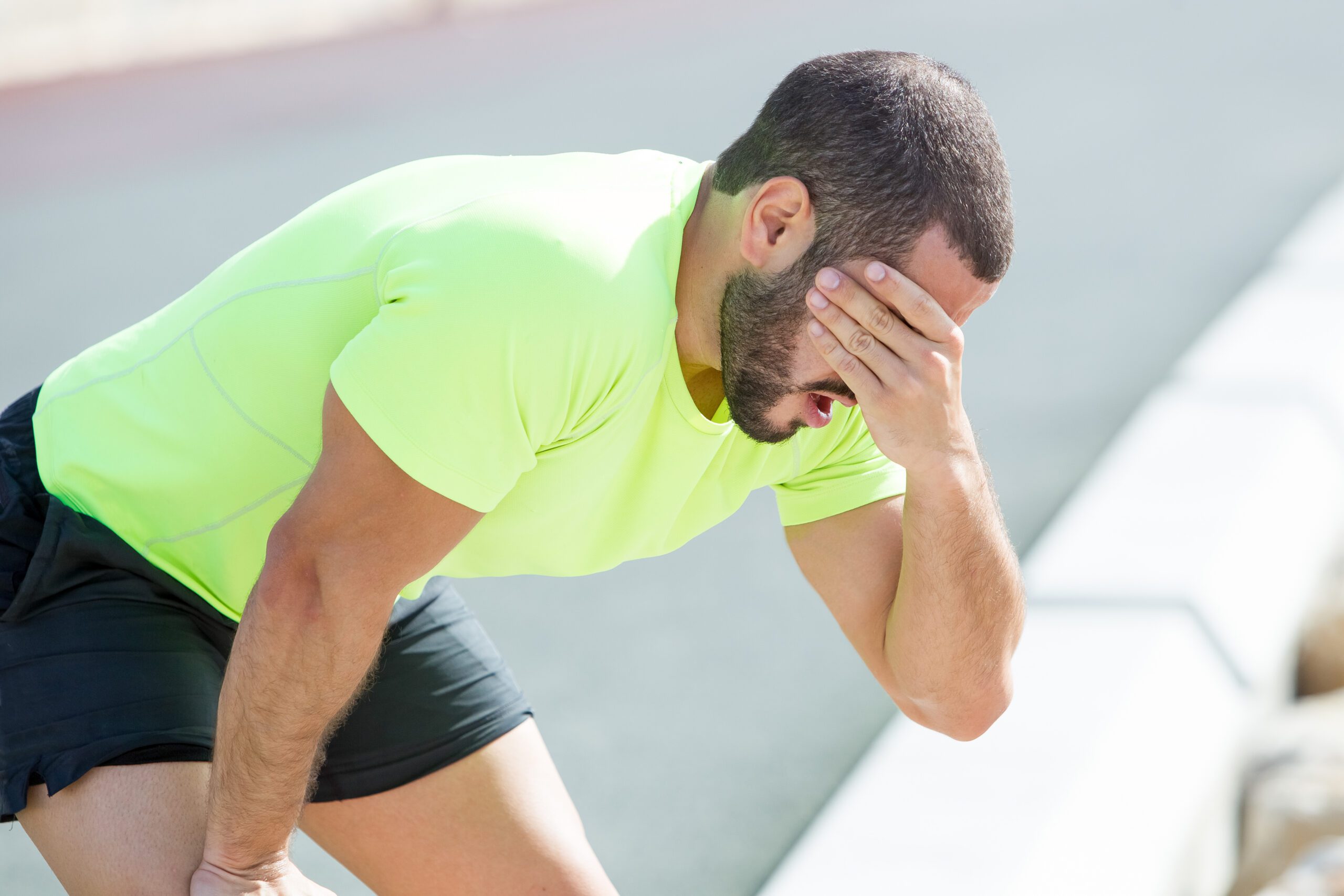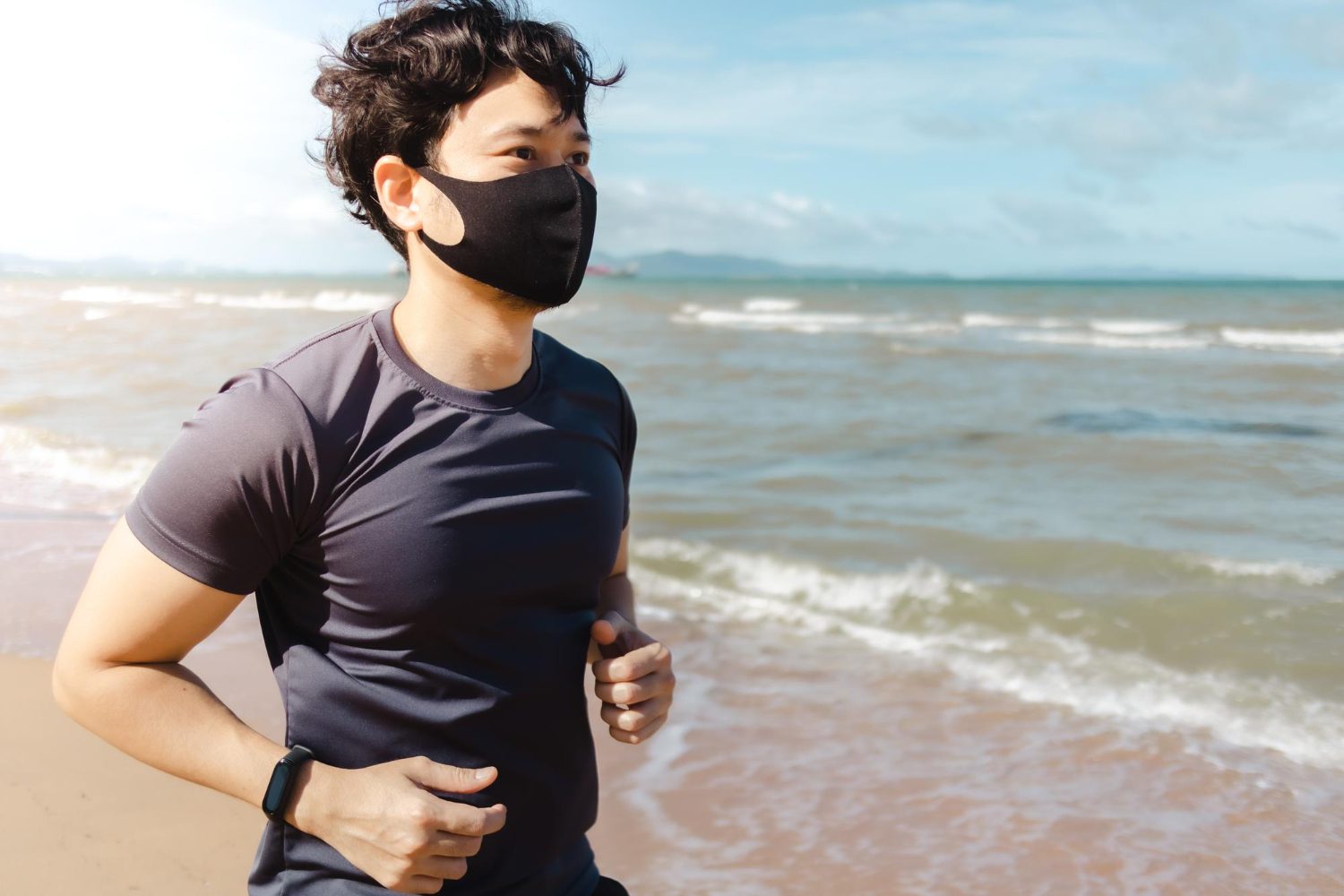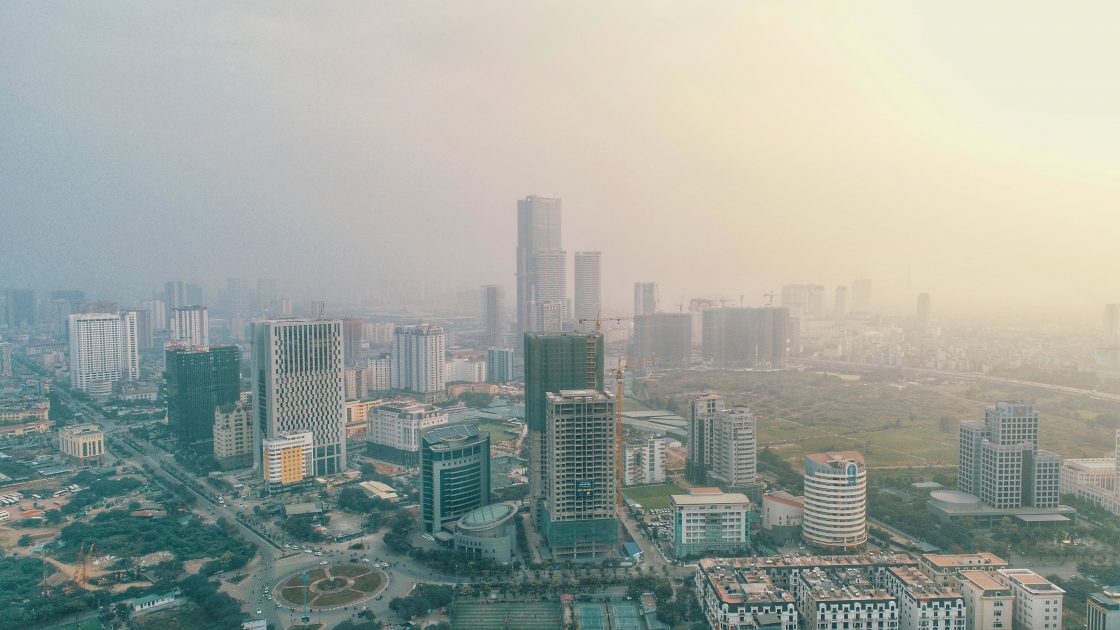Table of Contents Show
✍️ AI is summarizing:
With Vietnam’s rapid development comes a significant challenge: air pollution on running performance. This article examines the impact of this environmental issue on athletes, exploring both the immediate effects on performance and the long-term health consequences while highlighting strategies for mitigation.
Related post:
- Ideas to Find Last-Minute Camping in Vietnam: Get Outdoors Now!
- Exploring the Vibrant Digital Nomad Life in Vietnam
- Sugarcane Juice Benefits: Vietnam’s Refreshing Elixir for Health
Understanding the impact of air pollution on running performance in Vietnam
As Vietnam continues to develop rapidly, the country faces growing concerns about air pollution and its impact on public health. This issue is particularly relevant for athletes, where air pollution on running performance can be a major factor, impacting training and competition. A recent study published in The Conversation highlights the significant effects of air pollution on athletic performance.

The study found that even small increases in particulate matter (PM10) can have a noticeable impact on running times. In the 2014 Beijing Marathon, highly polluted air likely added an average of 12 minutes to runners’ finishing times compared to moderately polluted conditions. Ozone appears to have the greatest effect, reducing performance and increasing dropout rates by up to 50% in high concentrations.
Vietnam’s major cities, such as Hanoi and Ho Chi Minh City, frequently experience high levels of air pollution, particularly during the dry season. The combination of ozone and particulate matter can significantly impact athletes’ performance.
Data from five Ironman events in the United States showed that ozone affected swimming performance, while PM2.5 had a greater impact on cycling and running. Each 20 µg/m³ increase in ozone added 1% to the final mean time, and each 1 mg/m³ increase in PM2.5 added 0.12%. When we discuss air pollution on running performance in Vietnam, these metrics are crucial.

The effects of air pollution on athletic performance are often overshadowed by the more significant impact of heat. However, even small changes in performance can be the difference between a podium finish and a disappointing result. As Vietnam prepares to participate in and host major sporting events, such as the Southeast Asian Games, it is crucial to consider the potential impact of air pollution on athletes’ health and performance.
The long-term health risks of air pollution on running performance
In addition to the direct effects on athletic performance, air pollution also poses long-term health risks for athletes. Exposure to harmful substances, such as polycyclic aromatic hydrocarbons and heavy metals, can increase the risk of genetic mutations and cancer.

The use of artificial turf fields made from recycled tires has been identified as a potential source of exposure to these harmful substances. This aspect of air pollution on running performance and overall athlete health needs further investigation.
To protect athletes from the negative effects of air pollution, Vietnam is considering implementing stricter air quality standards and enforcing regulations to reduce emissions from vehicles and industries. The government should also invest in public transportation and promote the use of clean energy sources to improve air quality.
Mitigating air pollution’s impact on running performance: Solutions and strategies
Furthermore, sports organizations and event organizers should closely monitor air quality and have contingency plans in place to modify or postpone events if pollution levels exceed safe thresholds.
Athletes should also be educated about the risks of air pollution and provided with guidance on how to protect themselves during training and competition. Educating athletes is key to mitigating the effects of air pollution on running performance.
Conclusion
In conclusion, air pollution on running performance poses a significant threat to the health and performance of athletes in Vietnam. By addressing this issue through policy changes, infrastructure investments, and education, Vietnam can create a safer and more supportive environment for its athletes to thrive.
As the country continues to develop, it is crucial to prioritize air quality and public health to ensure a bright future for its sports and its people. Understanding the relationship between air pollution on running performance is crucial for protecting Vietnamese athletes. Follow ExoTrails on Facebook for your daily dose of travel inspiration and tips.












